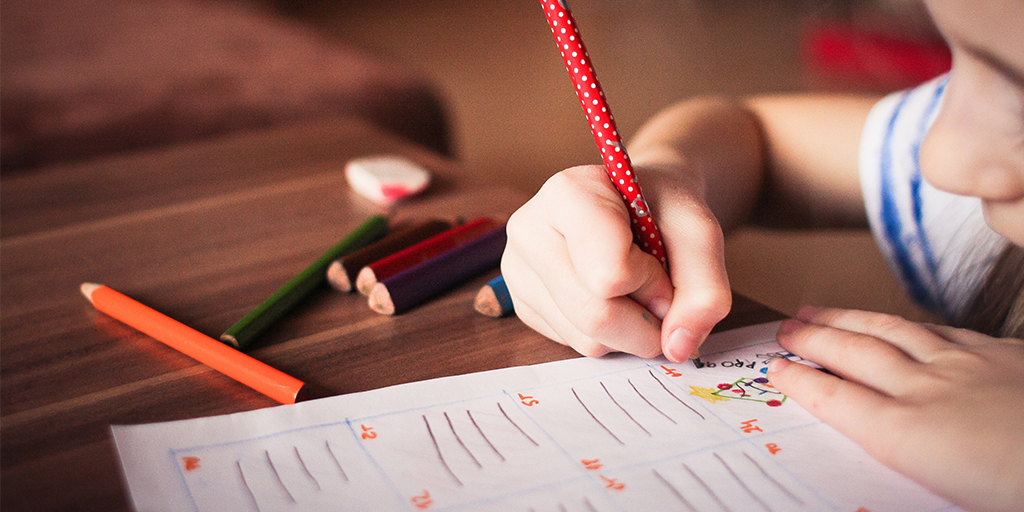The most talked about aspects of teaching today is usually around how better to engage students in a classroom setting. What is accepted across the board is that students, if they find their subject interesting, will by default be engaging and better at absorb the subject being taught. The challenge, however, arises in trying to find a way that keeps a whole class, made up of a diverse population of students, interested.
The key to this might just lie in not looking at students as mere passive consumers of engagement. Getting the students involved in their own learning might just make the difference in getting them, and keeping them, engaged. In fact, increasing amounts of research shows that students that become the agents of their own learning tend to retain what they learn better. Learning is a complex process, and everyone engages in it differently. The challenge is to identify the common denominators of interest among all the students to provide them a learning experience that they can actively be a part of.
Here are a few ways that you could engage the students better:
Create Real Life Connections
The best way to involve a student and make learning a natural process for them, is to keep things as relevant as possible. The National Council of Teachers of English found that students who do not find representations of their own cultures often lose interest. Try and provide examples that are both, based on real-life and directly applicable to the student. Demonstrate concepts wherever possible, be it in mathematics, physics or any other subject for that matter. Creating simple routines for reading can go a long way in ensuring that the student takes the onus of learning upon themselves.
Gamify Learning
The one time when students are completely engaged in what they are doing is during playtime. Combining learning and play can work in multiple ways. It could be something as simple as separating the class in teams and having quizzes on the subject being taught. Keep the kids in the loop, ask them the kind of games they would enjoy. Giving them the reins of learning will make the process much easier for the teachers. This will boost not only their collaborative skills, but also their creativity and critical thinking.
Try Multiple Formats
There is a reason why multiplication tables used to have a melody to them back in the day. Teaching subjects using a variety of formats not only keeps things interesting but also helps cater to the various learning strengths of the students. Some students may be extremely visual while others will have a highly developed auditory sense. Change up your learning material to better suit those students who are not completely engaged. Try and use music and visuals as much as you can in the learning process. Cue cards, board games, videos, melody-based learning aids are just a few ways you can add some variety to the learning process.
Emphasise Self-Assessment
Once the student has reached a certain level of understanding the best way to teach them would be to encourage a higher standard of self-assessment. Children, especially adolescents, often struggle with self-awareness, especially when it comes to learning. It is important that they be made aware of how to monitor their own learning and identify their own expertise in subjects. Simple things that involve asking oneself questions like ‘am I listening to the teacher’, ‘what will make me interested in this subject’, can help a student identify how they can learn better.
Positive Student-Teacher Relationships
The most critical factor in facilitating better learning for students is a higher quality of student-teacher relationships. It is important that teachers form close relationships with their students, in order to better understand their emotional and intellectual needs. This fosters a sense of belonging in the student and breaks down the barrier between a teacher and a student. Increasing one-on-one time with students who are struggling in the class or in terms of interpersonal behaviour will also go a long way in helping them. The stronger the relationship between the student and the teacher the better a student will learn.
At École Mondiale World School, we believe education that is one size definitely does not fit all. Engaging students requires us to understand the specific needs of our students, and this is the ethos that dictates our functioning. Only after you understand the child will you be able to best understand what will engage them the most.



_1757314019.png)
_1756547313.png)